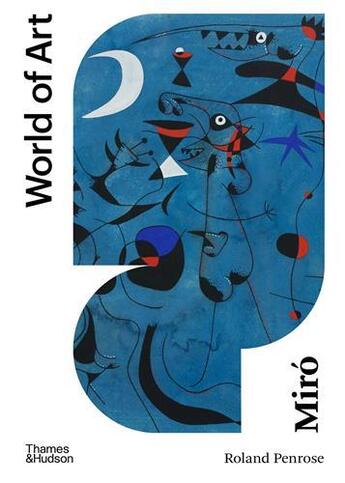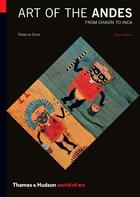Résumé:
A new edition of this classic survey on the life and work of Spanish surrealist, Joan Miro, by his close friend, historian and fellow artist Roland Penrose.
Among the great 20th-century masters, the surrealist painter Joan Miro stands out for the atmosphere of wit and spontaneity that... Voir plus
A new edition of this classic survey on the life and work of Spanish surrealist, Joan Miro, by his close friend, historian and fellow artist Roland Penrose.
Among the great 20th-century masters, the surrealist painter Joan Miro stands out for the atmosphere of wit and spontaneity that pervades his work. Miro's art went through many phases, and its major features - his signs and symbols, his series of anguished peintures sauvages in the 1930s, his lyrical, poetic gouaches, his monumental sculptures and ceramics, his unprecedented use of poetic titles, and his attachment to nature and to the night - are discussed here by Roland Penrose, a friend of the artist for almost five decades. A brief epilogue by Eduardo de Benito, London correspondent of the Spanish art periodical Lapiz, illustrates the developments of Miro's last years. This new revised edition, now illustrated in colour throughout, includes a foreword by Antony Penrose, outlining the relationship between his father and the artist, as well as updates to the Bibliography.
Donner votre avis










